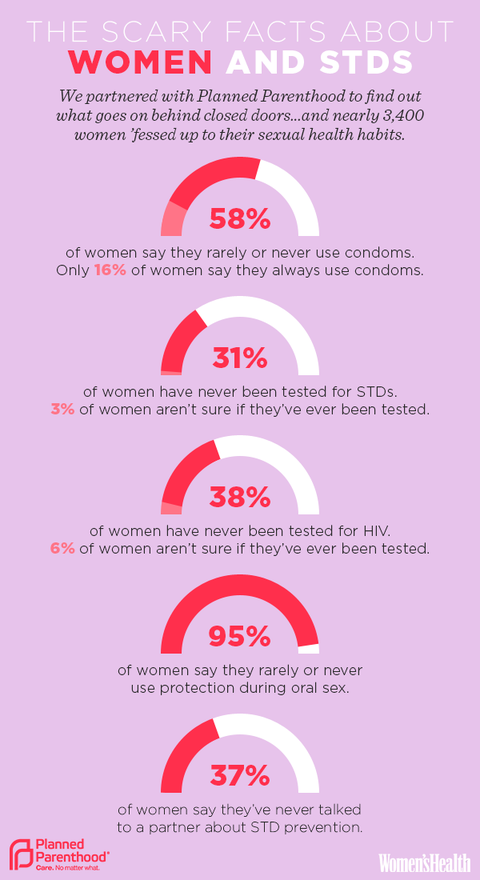Sexual Health Facts You Didn’t Know: Get Tested For STDs
Making sure your body is crucial when it comes to sex is essential. Read on to learn how often should you get tested for STDs. As the New Year approaches, you may be thinking about focusing on your health. You may have weight loss goals, a new fitness routine you want to try, or managing stress and anxiety better.
But don’t forget that if you’re sexually active, one of the most important things you can do is ensure you get tested for STDs. If left untreated, STDs like HPV, chlamydia, and HIV can progress into serious diseases with life-threatening complications. So it’s essential that you get tested on a regular basis. But how often should you get tested for STDs? Read on to learn more.
How Are STDs Transmitted?
Before we talk about testing frequency, it’s helpful to understand how STDs get transmitted. STDs, which are caused by a variety of bloodborne pathogens and bacteria, can get transmitted through bodily fluids such as semen, blood, and vaginal fluids.
Some STDs, like genital warts, may get passed through skin-to-skin contact or saliva. Because there are so many methods of transmission, it’s vital that you seek regular STD testing.
HIV Testing

According to the Centers for Disease Control and Prevention, sexually active adults should get tested for HIV at least once per year. Some high-risk adults, like sexually active gay or bisexual men, may consider getting tested twice per year. Talk with your doctor about the right frequency, given your sexual activity.
Sexual activity isn’t the only thing to consider. If you share drug injection needles, even if you’re not sexually active, it’s important that you’re tested for HIV at least once per year. HIV is transferred via blood, and drug injection needles efficiently transmit this disease.
HPV Testing
Not to be confused with HIV, HPV (Human Papillomavirus) infects skin cells, including outer skin (e.g., vaginal area) and inside the cervix. HPV is one of the most common STDs for sexually active individuals, so regular testing is crucial.
Start with an annual pap smear test, which is a quick and painless test on the cells around your cervix. If the test results are normal, re-testing should be done in three years.
If the test results are abnormal, an HPV test will be done, and the pap smear should get repeated in six months. If you are wondering, does urgent care do STD testing, then reach out the nearby urgent care.
Chlamydia & Gonorrhea
These tests are recommended annually for women under the age of 25 or anytime you have a new sexual partner. Newly-pregnant women should also get tested for these diseases since they can get passed on to an unborn baby.
These diseases can lead to severe complications, including Pelvic Inflammatory Disease if left untreated. Long-term, Pelvic Inflammatory Disease may lead to abdominal pain, ovarian abscesses, or infertility.
So, How Often Should You Get Tested for STDs?
Sexual health is something to take seriously, but it might seem like there are countless STDs, each with its own testing recommendations. Be sure to use the guidelines above as a starting point, but remember that the most important person to answer “How often should you get tested for STDs?” is your primary care physician or OB/Gyn. For more about health, wellness, and living your best life, be sure to check out the rest of our site today!




















